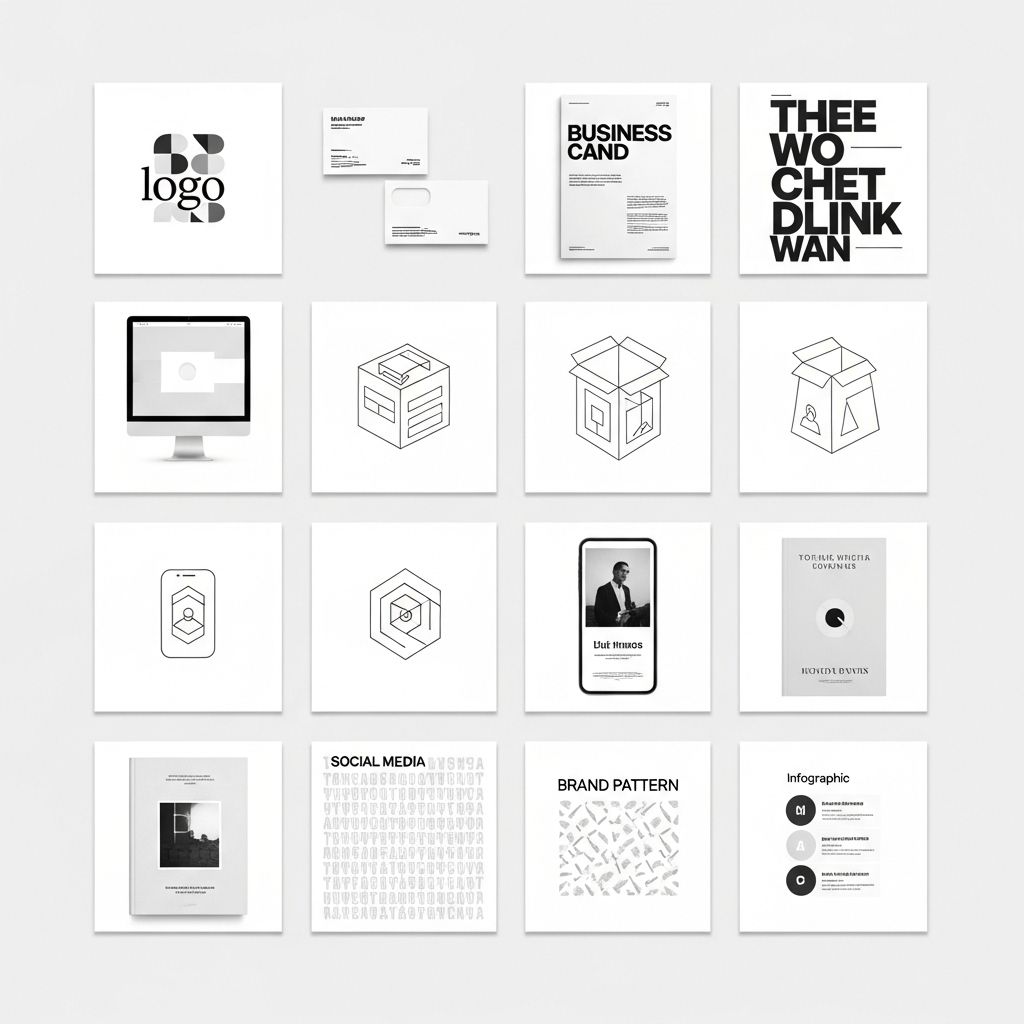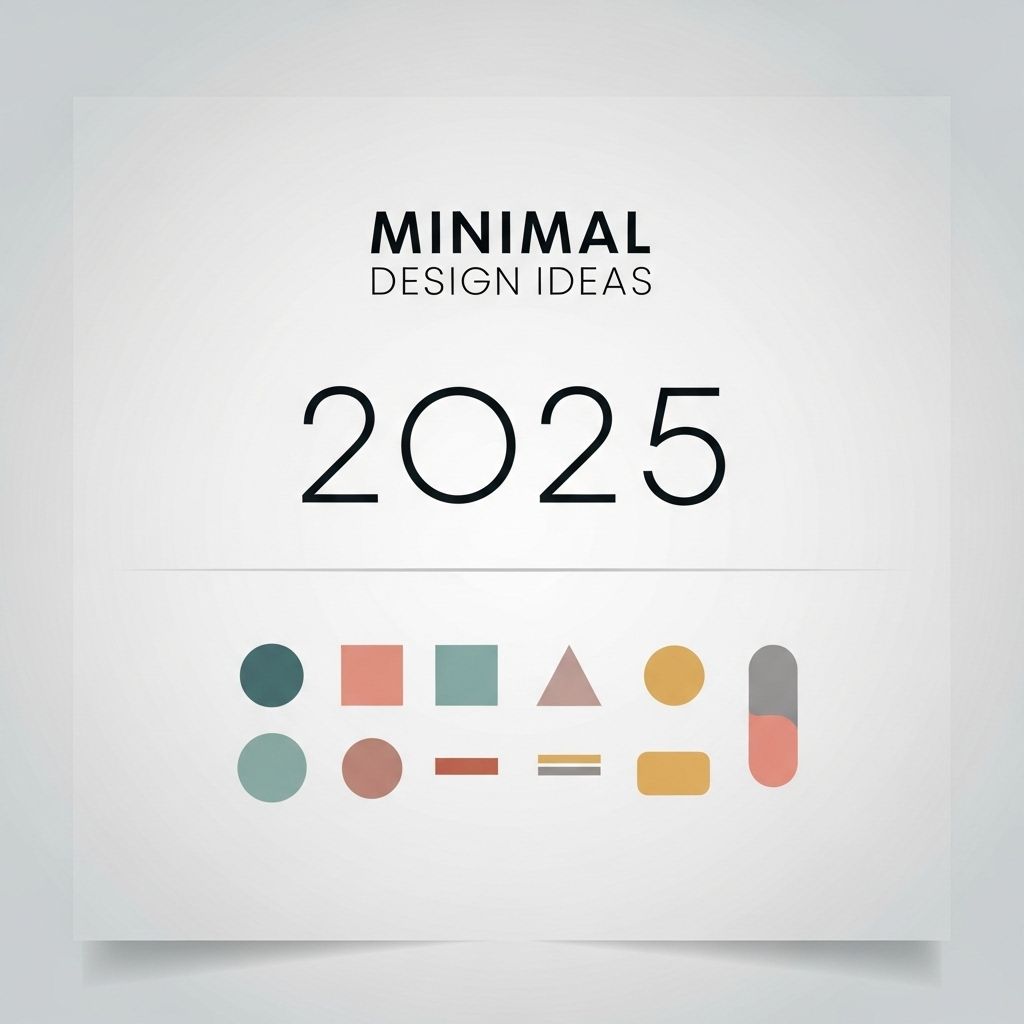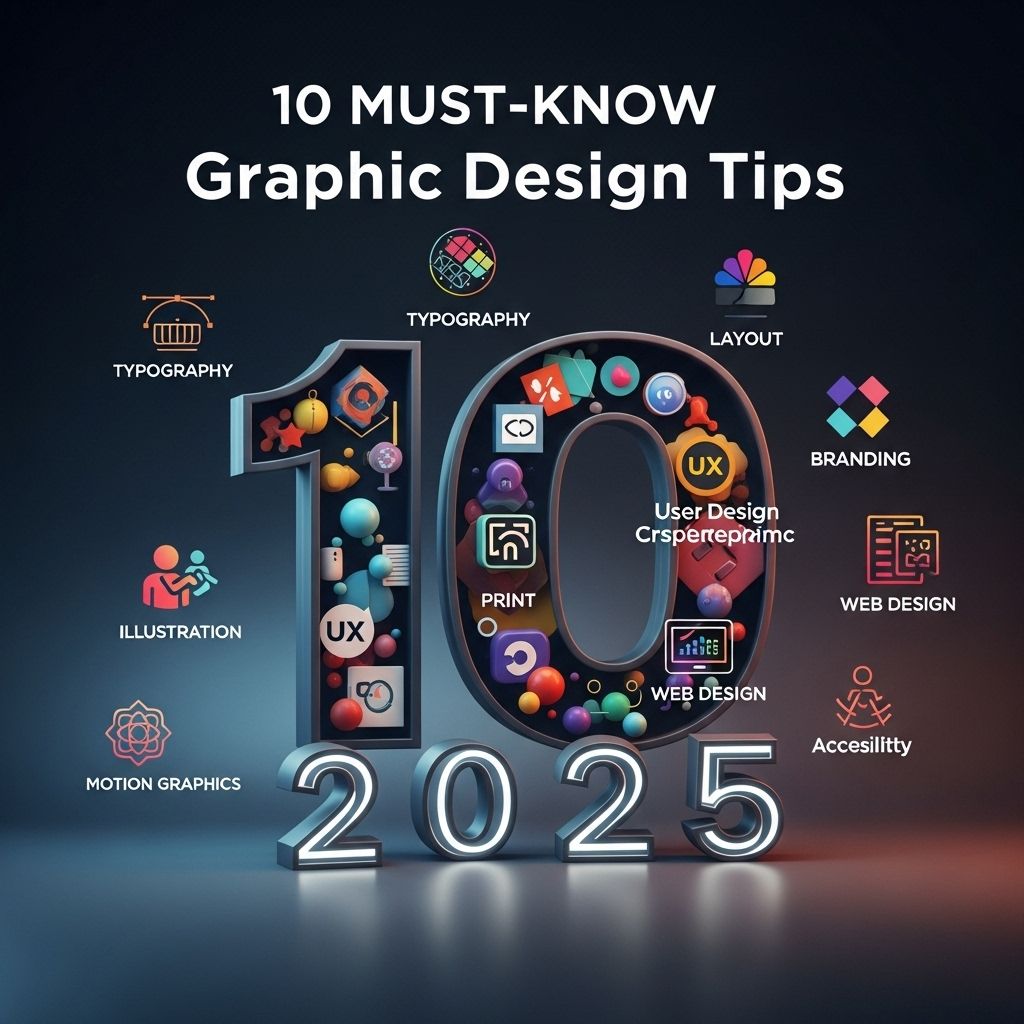In the rapidly evolving world of graphic design, minimalism has emerged as a powerful trend that emphasizes simplicity and clarity. By stripping away unnecessary elements, designers can create impactful visuals that communicate messages effectively. This article delves into ten minimal graphic design ideas that can inspire you to embrace simplicity while enhancing your creative expression.
Understanding Minimalism in Design
Minimalism in graphic design focuses on reducing elements to only what is essential. It is characterized by:
- Clean lines: Use of straight or curved lines without excessive embellishment.
- Limited color palette: A restrained selection of colors to maintain visual coherence.
- Whitespace: Strategic use of space to create balance and emphasize key elements.
- Simple typography: Clear fonts that enhance readability without drawing attention away from the message.
1. Geometric Shapes
Geometric shapes can effectively convey ideas with clarity and precision. Here’s how to utilize them:
- Circles: Create harmony and unity.
- Triangles: Suggest direction and movement.
- Squares: Imply stability and structure.
Using just a few geometric shapes can produce striking visuals that resonate with your audience.
2. Monochromatic Color Schemes
A monochromatic color scheme uses variations of a single hue, providing a cohesive and pleasing aesthetic. Consider the following:
| Color | Meaning | Usage |
|---|---|---|
| Blue | Trust | Corporate branding |
| Red | Energy | Promotional materials |
| Green | Growth | Environmental campaigns |
Using shades, tints, and tones of a single color can help retain focus while imparting a powerful message.
3. Typography as Visual Art
Typography isn’t just about readability; it can also be an artistic element. Incorporate typography in the following ways:
Font Pairing
Combining two distinct fonts creates contrast and interest:
- Serif and Sans-serif: Pairing a classic serif with a modern sans-serif can produce a striking effect.
- Script with Block: Use a decorative script font with a bold block font for emphasis.
Hierarchical Structure
Use font sizes to establish a clear hierarchy, ensuring that your key messages stand out.
4. Minimal Illustrations
Flat, minimal illustrations can communicate complex ideas quickly and effectively. Consider these styles:
- Line Art: Simple outlines that focus on shape and form.
- Iconography: Use of icons to represent concepts in a straightforward manner.
5. Use of Negative Space
Negative space is the area around and between subjects in an image. It can be leveraged to create intriguing designs:
- Concealed Elements: Use negative space to hide elements that reveal themselves upon closer inspection.
- Framing: Surround important visuals with ample negative space to draw the viewer’s eye.
6. Bold Contrast
Utilizing contrast can create a visual hierarchy that guides the viewer’s attention:
- Light vs. Dark: A dark background with light text is striking and easy to read.
- Color Contrast: Use complementary colors to make important elements pop.
7. Simplified Icons
Using simplified icons enhances understanding and accessibility in designs:
- Opt for universally recognizable shapes.
- Limit detail to keep icons clear and functional.
These icons can be utilized in user interfaces, advertisements, and presentations.
8. Structured Layouts
A structured layout gives a sense of order and can dramatically increase legibility:
- Grid Systems: Establish a grid for uniform spacing and alignment.
- Asymmetrical Designs: Break the grid while maintaining balance through careful placement.
9. Subtle Textures
Incorporating subtle textures can add depth to minimal designs without overwhelming the viewer:
- Paper Texture: A light paper texture can create warmth in a digital design.
- Grainy Effects: Use grain effects sparingly to suggest a tactile quality.
10. Interactive Minimalism
In digital contexts, minimalism can enhance user experience through:
- Simplified Navigation: Ensure menus are intuitive and easy to access.
- Micro-interactions: Small animations can add engagement without cluttering the interface.
Conclusion
Embracing minimalism in graphic design allows for clearer communication and a more engaging user experience. By focusing on the essential elements, you can create designs that resonate with your audience while showcasing your creativity. Experiment with these ten ideas to inspire your projects and redefine your design approach.
FAQ
What are minimal graphic design ideas?
Minimal graphic design ideas focus on simplicity and clarity, often using limited color palettes, clean lines, and ample white space to create visually appealing designs.
How can I incorporate minimal design in my projects?
You can incorporate minimal design by reducing clutter, using a few key elements, and focusing on typography and color contrast to enhance readability and visual impact.
What are the benefits of minimal graphic design?
The benefits of minimal graphic design include improved user experience, faster load times, better focus on content, and a timeless aesthetic that can appeal to a wide audience.
Can minimal graphic design be used for branding?
Yes, minimal graphic design can be very effective for branding as it helps create a strong visual identity that is easily recognizable and memorable.
What tools can I use for minimal graphic design?
Popular tools for minimal graphic design include Adobe Illustrator, Canva, and Sketch, which offer features that facilitate clean, simple designs.
Are there specific color schemes that work best with minimal design?
Yes, minimal design often works well with monochromatic color schemes, pastels, or a few bold accent colors to maintain simplicity while still making a statement.




